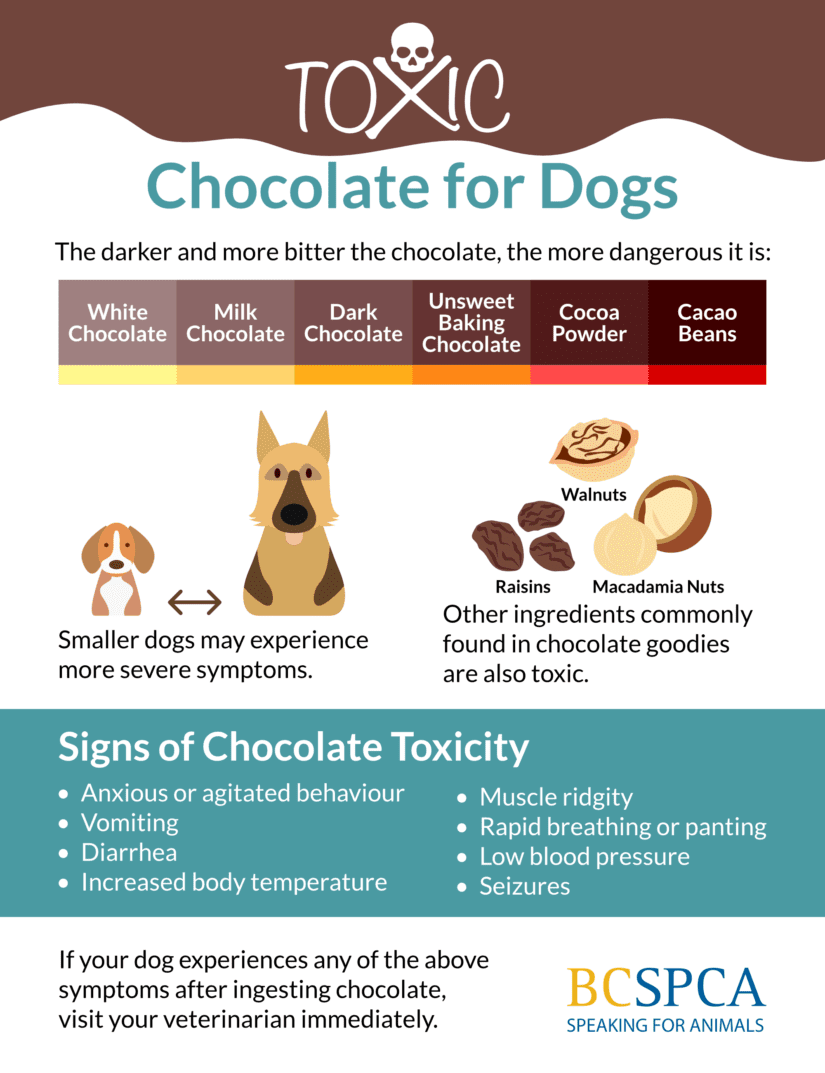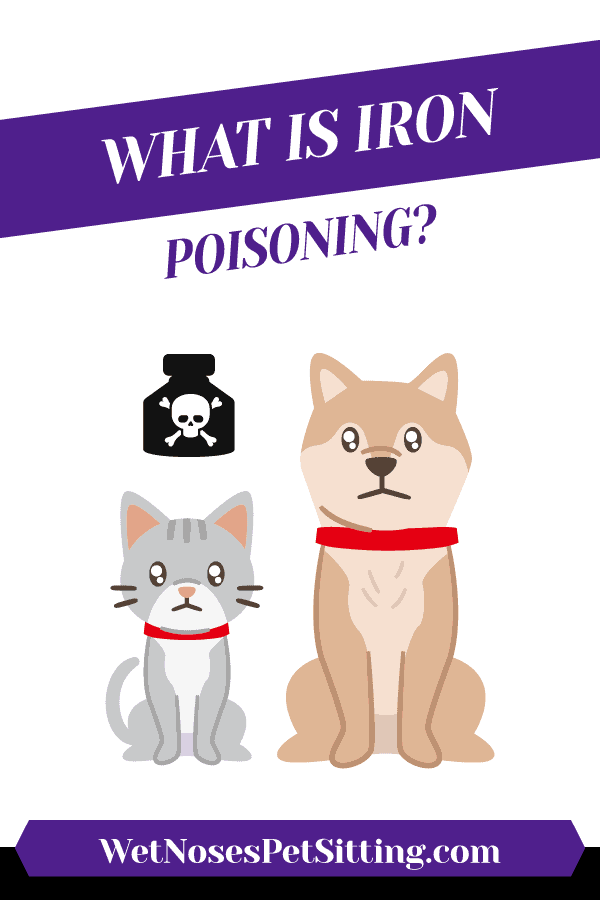Key Takeaways:
- Chocolate contains theobromine, a substance that is toxic to dogs.
- Theobromine affects a dog's central nervous system and cardiovascular system.
- Darker chocolate varieties, such as cocoa powder and baking chocolate, contain higher levels of theobromine and are more dangerous for dogs.
- Symptoms of chocolate poisoning in dogs include vomiting, diarrhea, increased heart rate, tremors, and seizures.
- If you suspect your dog has ingested chocolate, it is important to seek veterinary care immediately to prevent serious health complications.
Introduction:
Do you love chocolate? Well, I have some news for you - as delicious as it may be for us humans, chocolate can actually be toxic to our furry friends, dogs! Now, you might be wondering why understanding this topic is essential. Let me tell you, by learning about why chocolate is dangerous for dogs, you'll not only protect your beloved pets but also gain a deeper appreciation for the unique differences between species. So, let's delve into the fascinating world of why chocolate is a big no-no for our canine companions.
Did you know that chocolate contains a substance called theobromine? This compound is harmless to humans, but when ingested by dogs, it can wreak havoc on their bodies. Theobromine acts as a stimulant and affects their nervous system and cardiovascular system. Even a small amount of chocolate can cause symptoms like vomiting, diarrhea, rapid breathing, increased heart rate, and even seizures in dogs.
But why does this matter? Well, understanding why chocolate is toxic to dogs allows us to prevent accidents and keep our furry friends safe. By knowing which foods are harmful to them, we can ensure they lead long and healthy lives without any unnecessary suffering.
Now that we understand the importance of this topic let's explore some fascinating facts about chocolate toxicity in dogs. Did you know that the level of theobromine varies depending on the type of chocolate? Dark chocolates contain higher levels than milk or white chocolates. In fact, just 1 ounce of dark chocolate per pound of body weight can be lethal for a dog! That means even a small piece could have severe consequences.
So now that we've uncovered some eye-opening information about why chocolate is toxic to dogs and how it can affect them differently based on its type let's dive deeper into this subject. By doing so, we'll gain valuable insights into how to protect our furry friends from potential harm while still enjoying our favorite sweet treat.
In conclusion, understanding why chocolate is toxic to dogs not only safeguards their well-being but also deepens our understanding of the unique differences between species. So, let's explore this topic further and discover how we can keep our four-legged companions safe from the dangers of chocolate.
Why is Chocolate Dangerous for Dogs?
Chocolate can be extremely dangerous for dogs and should never be given to them. This is because chocolate contains a substance called theobromine, which is toxic to dogs. Theobromine affects a dog's central nervous system and cardiovascular system, causing symptoms such as increased heart rate, tremors, seizures, and even death in severe cases.
Dogs are more sensitive to the effects of theobromine than humans because they metabolize it much slower. While humans can easily break down and eliminate theobromine from their bodies, dogs process it much more slowly, allowing it to build up to toxic levels. Even a small amount of chocolate can be harmful to a dog, so it's important to keep all chocolate products out of their reach.
Theobromine Toxicity
Theobromine is found in varying amounts in different types of chocolate. Dark chocolate contains the highest concentration of theobromine, followed by milk chocolate and then white chocolate. The darker and more bitter the chocolate, the higher the level of theobromine it contains. This means that dark chocolate poses a greater risk to dogs than milk or white chocolate.
Effects on Dogs
- Increased heart rate
- Restlessness or hyperactivity
- Tremors or shaking
- Vomiting or diarrhea
- Seizures
- In severe cases: rapid breathing, muscle rigidity, high blood pressure, internal bleeding
Factors Affecting Toxicity
- The size and weight of the dog: Smaller dogs are more susceptible to the effects of theobromine.
- The amount of chocolate consumed: The more chocolate a dog eats, the greater the risk of toxicity.
- The type of chocolate consumed: Dark chocolate is more toxic than milk or white chocolate.
How Chocolate Affects a Dog's Body
When a dog consumes chocolate, it can have harmful effects on their body. Chocolate contains a substance called theobromine, which is toxic to dogs. Theobromine affects the central nervous system and cardiovascular system of dogs. It can cause an increase in heart rate, restlessness, tremors, and even seizures. Additionally, chocolate can also lead to gastrointestinal upset in dogs, causing vomiting and diarrhea.
The severity of the effects depends on the type and amount of chocolate consumed by the dog. Dark chocolate and baking chocolate contain higher levels of theobromine compared to milk chocolate or white chocolate. Therefore, smaller amounts of dark or baking chocolate can be more dangerous for dogs than larger amounts of milk or white chocolate.
Different Types of Chocolate and Their Toxicity to Dogs
Not all chocolates are equally toxic to dogs. Different types of chocolates contain varying levels of theobromine, which determines their toxicity to dogs. Dark chocolate has the highest concentration of theobromine, making it the most dangerous for dogs. Baking chocolate also contains high levels of theobromine and poses a significant risk to canine health.
Milk chocolate has lower levels of theobromine compared to dark or baking chocolate but can still be harmful if consumed in large quantities. White chocolate contains very little theobromine and is therefore less toxic to dogs than other types of chocolates.
Signs of Chocolate Consumption in Dogs
If your dog has consumed chocolate, there are several signs you should watch out for that may indicate their ingestion. These signs include restlessness, increased heart rate, panting excessively, trembling or shaking, vomiting, diarrhea, increased thirst or urination, muscle stiffness or weakness.
If you notice any of these signs in your dog and suspect they have eaten chocolate, it is crucial to seek veterinary attention immediately. Prompt treatment can help minimize the potential harm caused by chocolate ingestion.
The Potential Harm from Even a Small Amount of Chocolate for Dogs
Even a small amount of chocolate can be harmful to dogs, especially if it contains high levels of theobromine. Theobromine is metabolized more slowly in dogs compared to humans, leading to its accumulation in their system. This can result in various health issues, including increased heart rate, abnormal heart rhythms, seizures, and even death.
It is essential to keep all chocolates out of reach of dogs and be cautious about accidental exposure. Remember that even a small piece or lick of chocolate can pose a risk to your furry friend's well-being.
What to Do If Your Dog Has Eaten Chocolate
If you suspect that your dog has consumed chocolate, it is crucial to take immediate action. First, try to determine the type and amount of chocolate ingested. This information will help your veterinarian assess the potential risk and guide their treatment plan.
Contact your veterinarian right away for further instructions. They may advise inducing vomiting if the ingestion occurred within the last two hours or recommend other appropriate measures based on the situation. It is important not to attempt any home remedies without professional guidance as they may do more harm than good.
Remember, prevention is always better than cure when it comes to chocolate and dogs. Keep chocolates stored securely out of reach from curious canine noses and paws.
In conclusion, chocolate is toxic to dogs because it contains a substance called theobromine that their bodies cannot process. Even a small amount of chocolate can cause serious health problems for dogs, so it's important to keep all chocolate products out of their reach to keep them safe and healthy.
How much chocolate is toxic for a dog?
For dark chocolate, the recommended amount is 1.5 ounces per 10 pounds of body weight. So, for a 20 pound dog, it would be 3 ounces. If they have consumed this amount or more, it is important to contact your veterinarian. As for milk chocolate or semi-sweet chocolate, anything over 3.5 ounces (equivalent to a standard size Hershey's bar) would be considered poisonous for a small 10 pound dog.
Why is chocolate toxic to dogs but not humans?
Chocolate can be harmful to dogs because it contains theobromine and caffeine, which dogs metabolize slowly. This can lead to a buildup of these toxic compounds in their bodies, resulting in symptoms related to chocolate toxicity.
Do all dogs get sick from eating chocolate?
If a small dog consumes a small amount of dark chocolate, it could experience more severe illness compared to a larger dog that consumes a larger amount of white chocolate. The difference in size, type of chocolate, and quantity ingested play a role in this. That's why it is crucial to contact your veterinarian and discuss your dog's specific situation.
Why is theobromine toxic to dogs?
Dogs are unable to break down theobromine as efficiently as humans, which makes it toxic to them. This slow breakdown of theobromine leads to the accumulation of the substance in their system, causing chocolate toxicity.
Why can't dogs eat grapes?
Consuming grapes can lead to kidney damage, causing sudden kidney failure and potentially causing death. The specific toxic substance in grapes is not known, but dogs are unable to process tannins, flavonoids, and monosaccharides found in grapes. This is believed to be the major cause of grape toxicity in dogs.
Will 1 chocolate hurt a dog?
Chocolate poses a risk to dogs as it is toxic to them. Although it is not commonly fatal, consuming chocolate can lead to serious illness. The reason behind its toxicity is the presence of theobromine, a chemical compound similar to caffeine, which is the primary toxin found in chocolate.

















